It started with a kiss… You see, my wedding photos are on Kodachrome 64 (PKR). Just one roll, and a roll of HP5 as well. My brother-in-law and I shot them between us. I processed and printed the black and white myself on fibre based paper and I had some Cibachromes made of the colour. Our album has twelve 6 x 8 prints in it, which is all you need; proof being we’re still married.
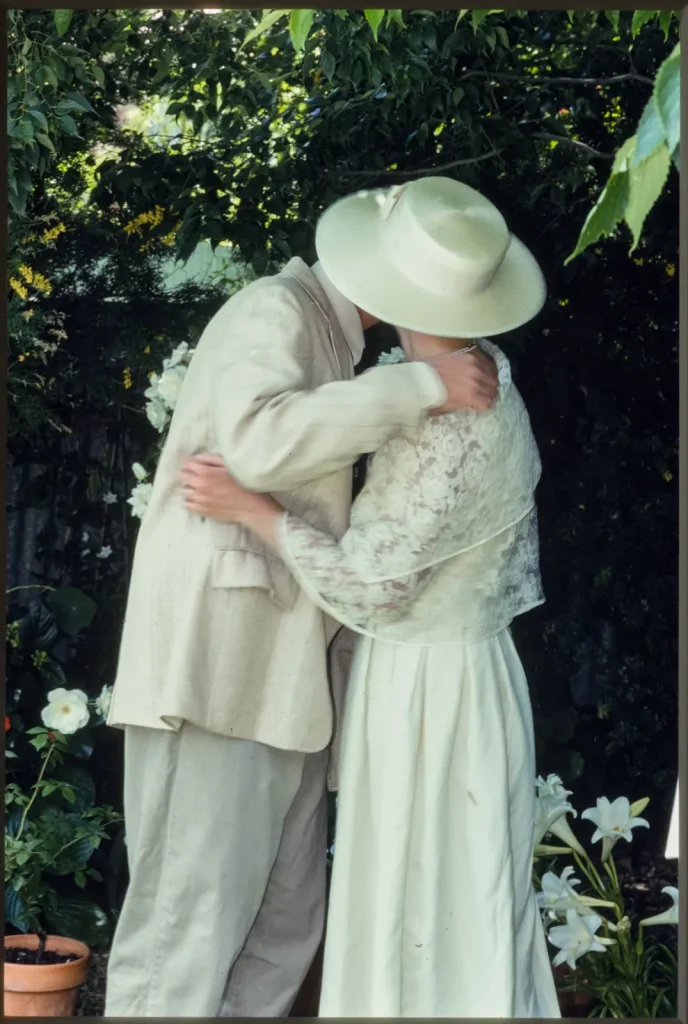
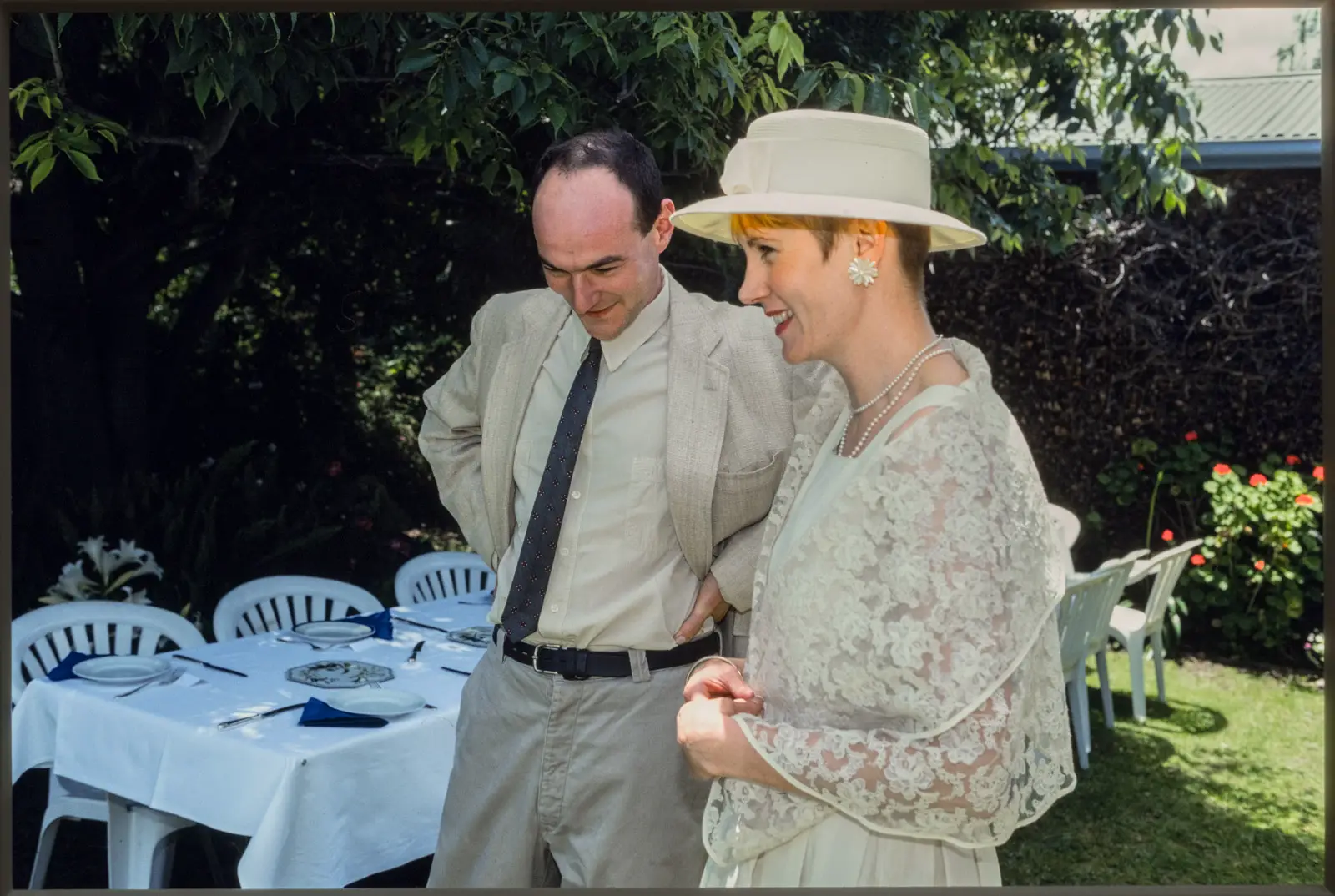
It was our anniversary recently so I took that little yellow box with WEDDING written on it out of the cupboard and digitised the whole lot; many of which I’d never really looked at.
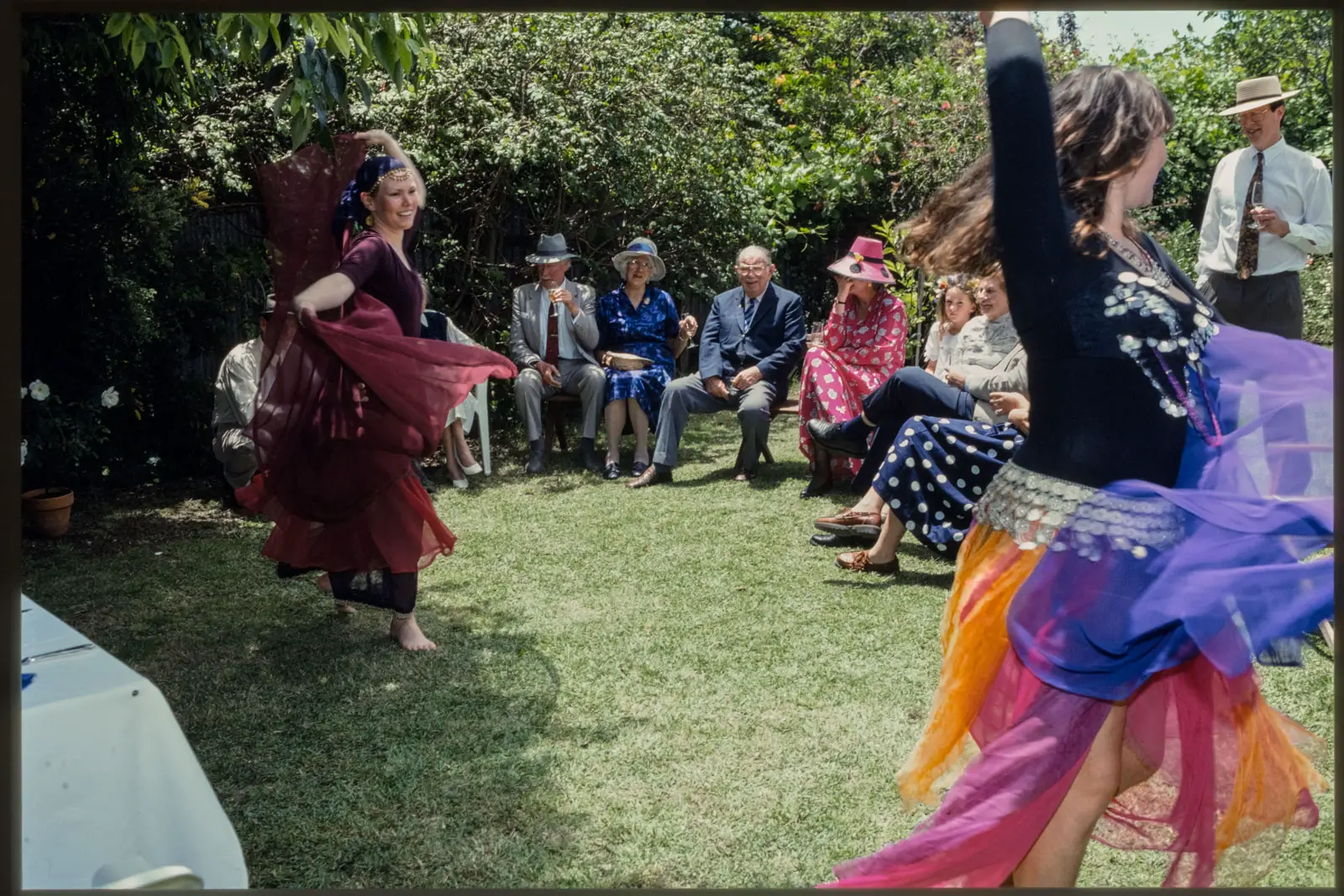
And this is where the trouble started, because I wanted to make scans that looked like the trannies and I couldn’t. I couldn’t get that KODACHROME LOOK from my Kodachrome!
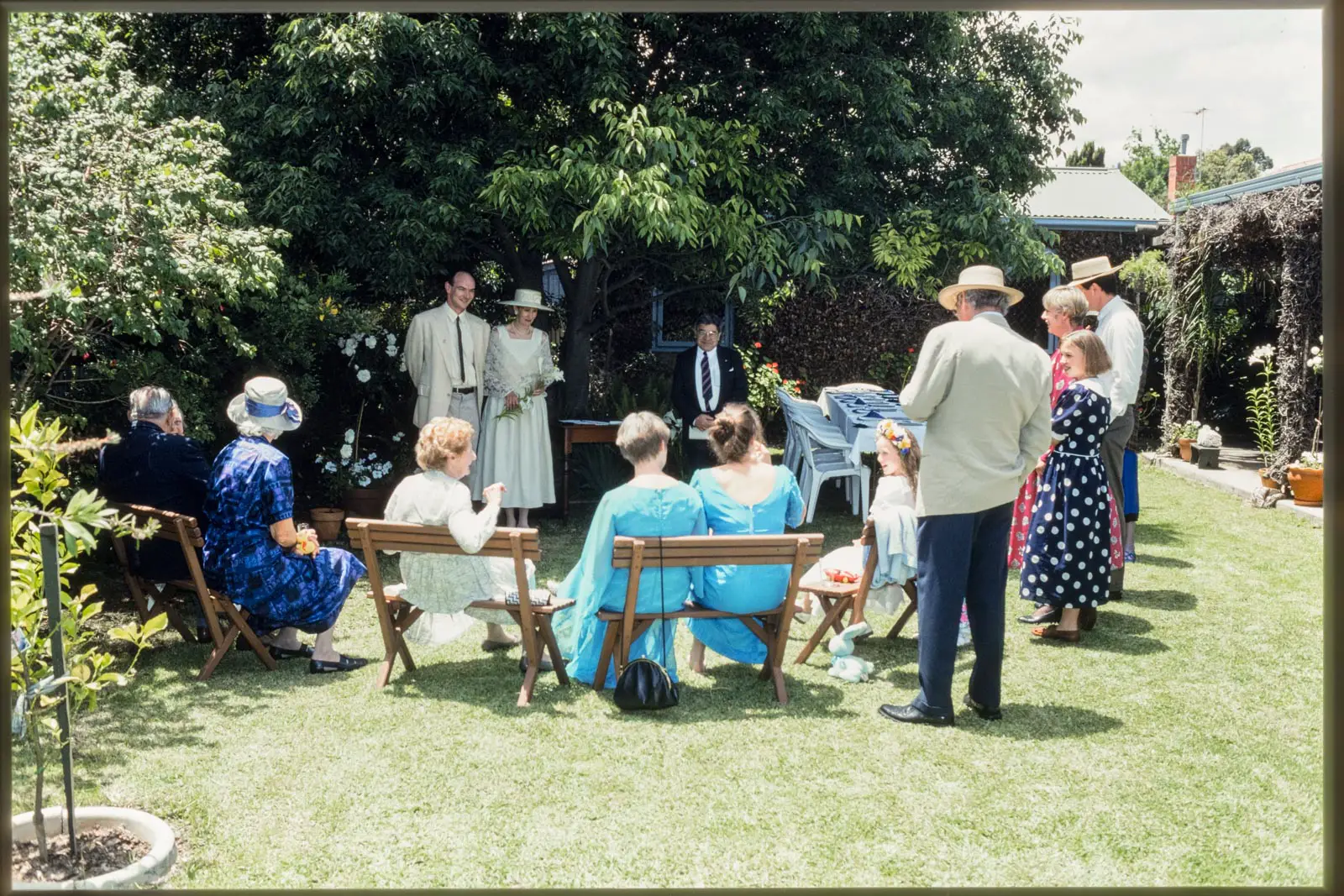
I’ve expressed views here before that we can’t get too hung up about fidelity in digitising film – but this was a bit different. I wanted to archive them and I wanted to recreate – as exactly as I could – the look of these slides as they appeared on a colour-balanced lightbox. Surely I can’t be the first to try this?
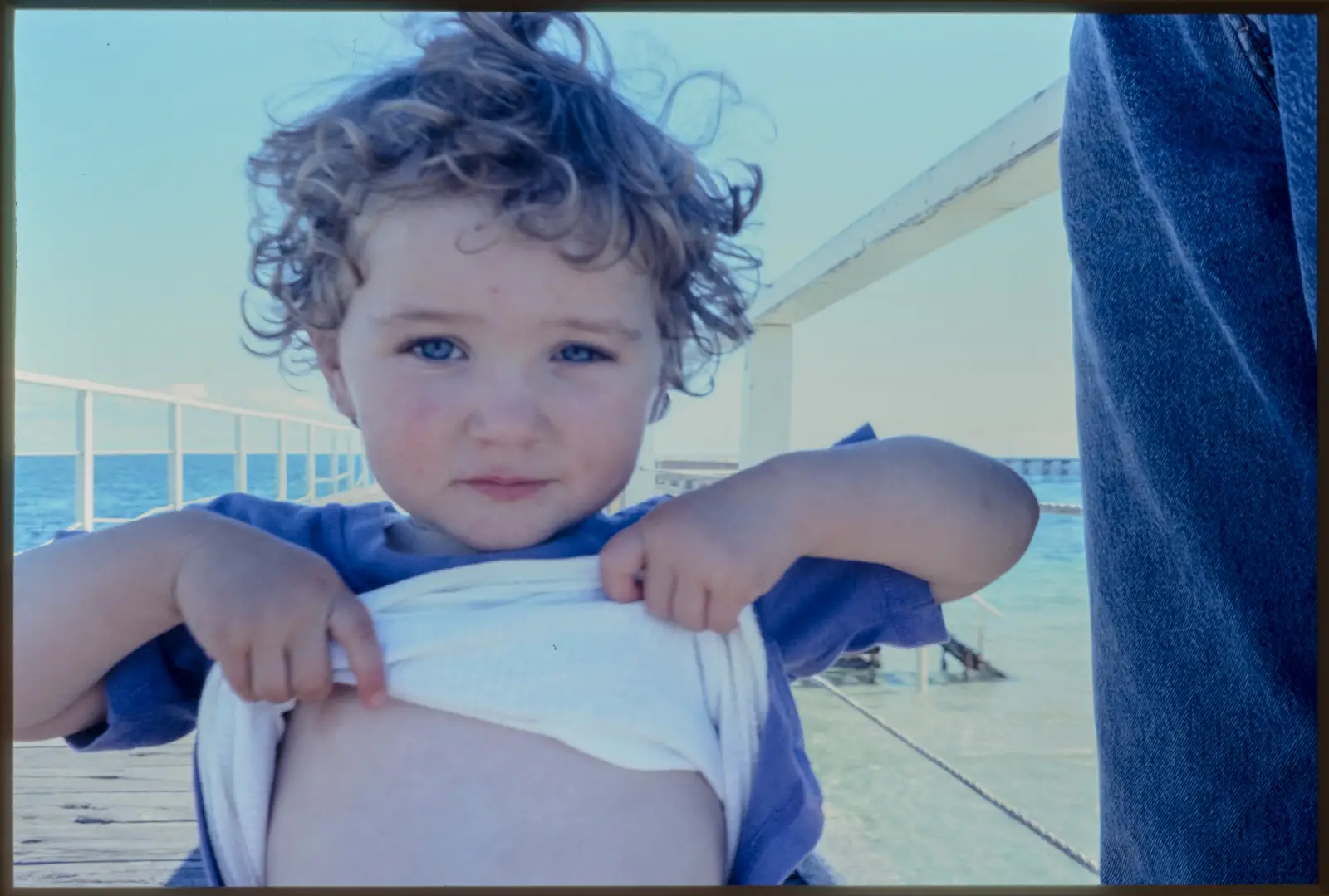
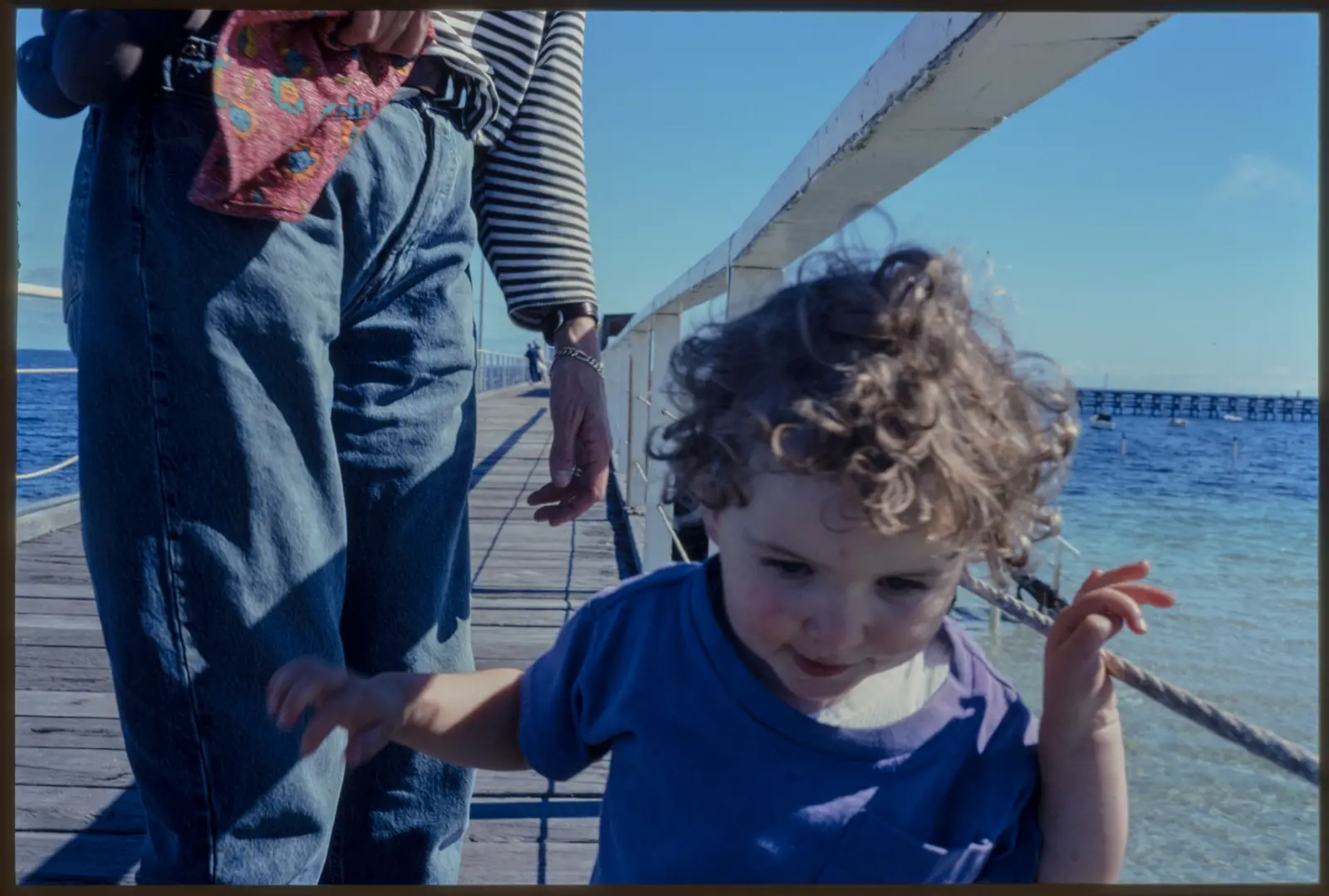
As soon as I starting searching Kodachrome I came across a seemingly endless number of presets and recipes for simulating it on digital. There was very little I could find about digitising film with a camera. There were a few things about dedicated film scanners and targets, but nothing useful to me. That made me think it might be worth doing this piece to show what real Kodachrome looks like.
Of course I’m only simulating on a screen what the stock looks like on a lightbox, and light through an emulsion is not the same light popped out of LCDs in a screen. Given that Kodachrome hasn’t been processed for ten years, most of the people (well, all of the ones I saw actually) who are making the presets and telling the world to buy them have never actually shot Kodachrome. I haven’t tried any of these presets yet; it might be fun, but I’d be wary of anyone telling you their Kodachrome preset was written by the finger of God on a stone tablet. And I’d urge skepticism of any claim that you can get Kodachome out of digital in one click. Or any number of clicks for that matter.
The scans you’re seeing in this piece are the best I can offer, and to me they look close enough to the original PKR slides on a lightbox that they might be useful, but that’s the only claim I’ll make for them.
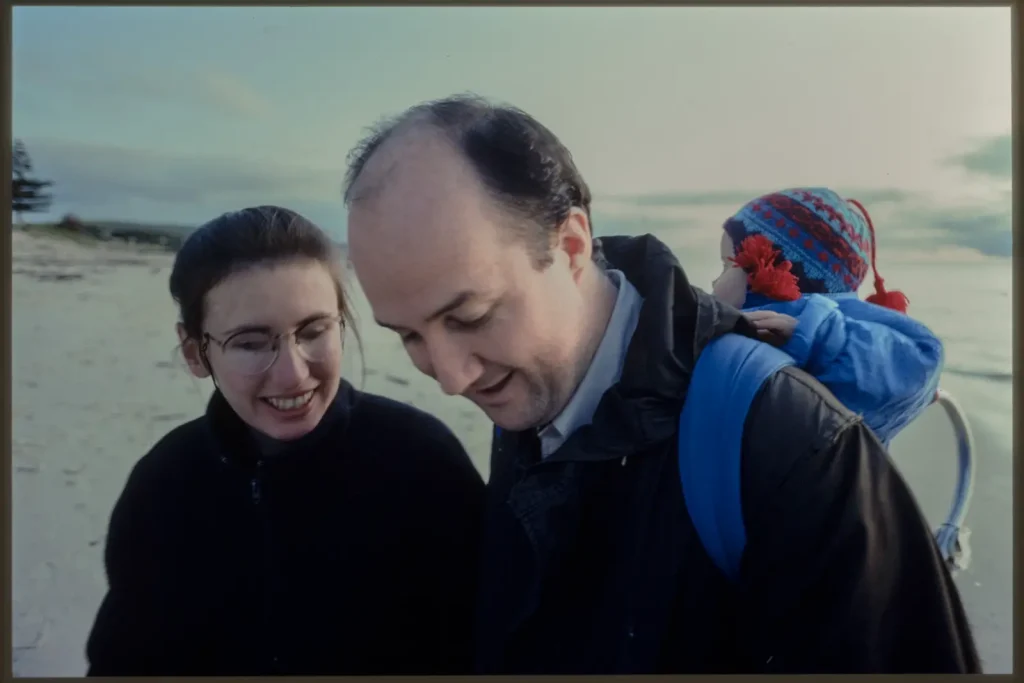
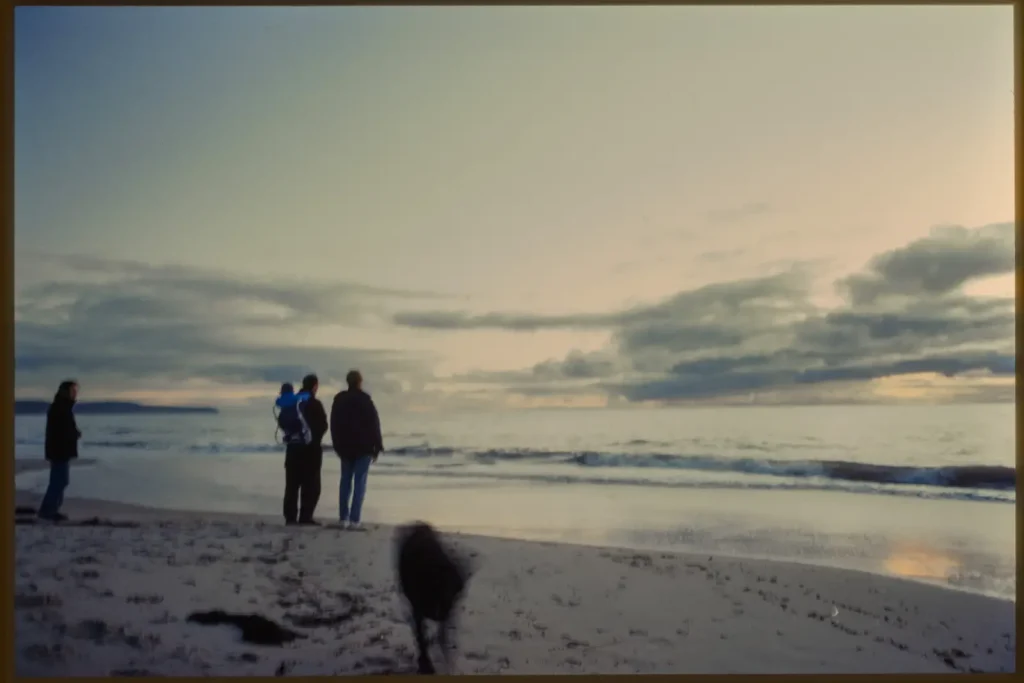
I still wanted to look at my wedding photos on a screen – so what could I do?
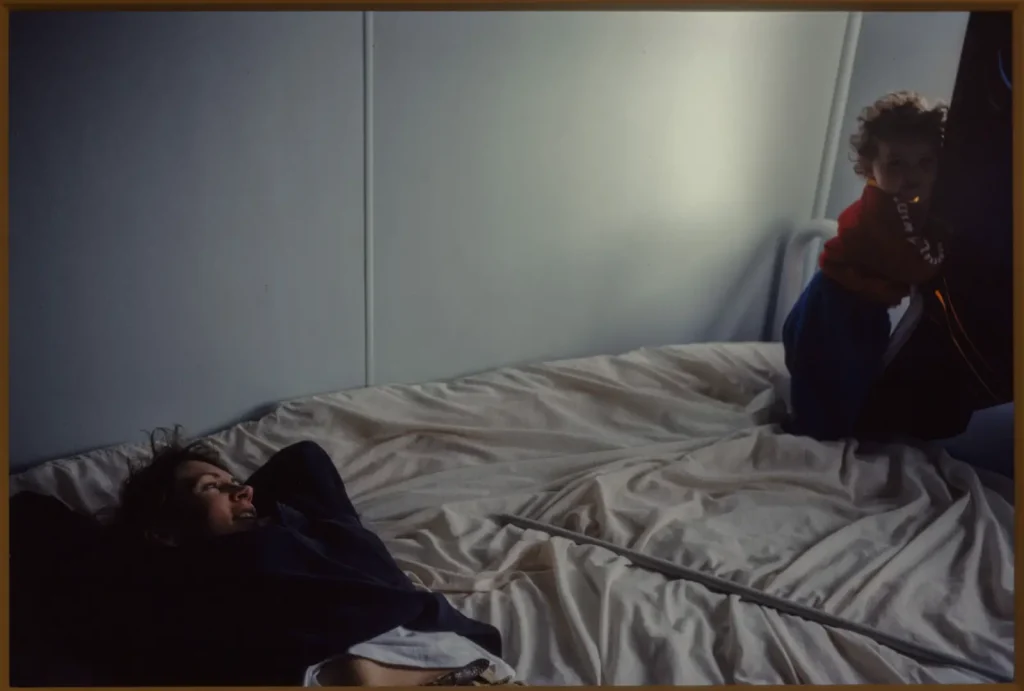
I invite you come with me down a Kodachrome rabbit hole…
Flashback to 1985-1995. That is when I shot Kodachrome.
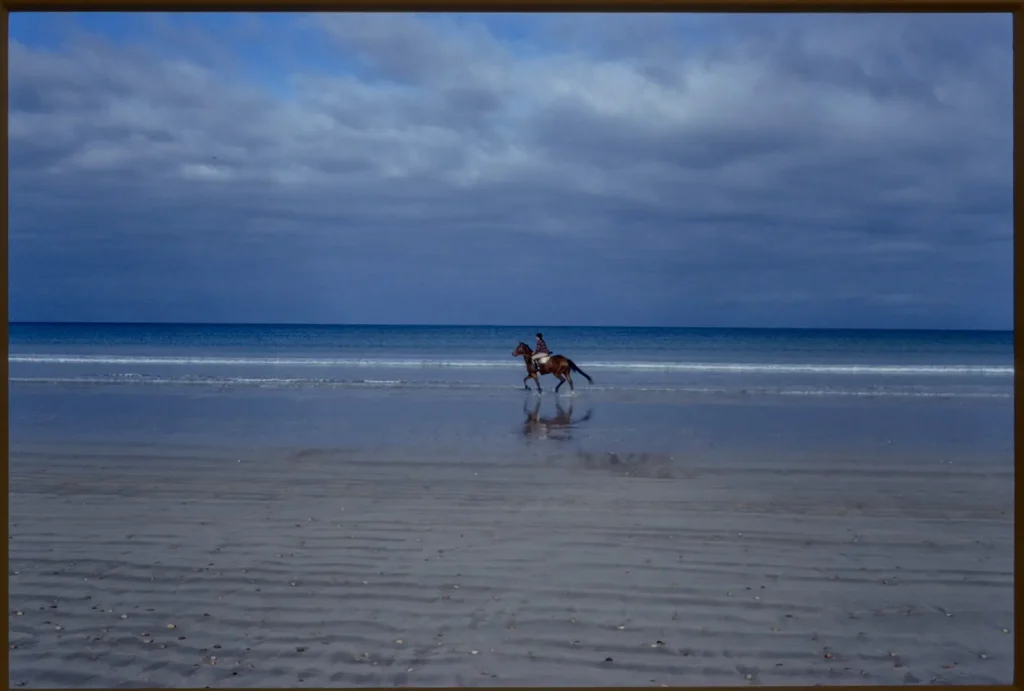
Firstly – what IS Kodachrome? There were lots of different kinds. The only kind I ever shot was Kodachrome 64. The last iteration. The Steve McCurry “Afghan Girl” Kodachrome. (Her name is Sharbat Gula and there’s a story there worth reading btw.) Kodachrome was different from films like Ektachrome, Fujichrome, Agfachrome and the other E6 slide films. It needs a different and complex kind of processing that is no longer done. I won’t explain it because I can’t. I don’t understand it myself and I haven’t tried to learn.
Why did I shoot it? It was not for the KODACHROME LOOK. Mostly it was for permanency and accuracy.
Here is what I observed back then. This was the time of mini-lab prints and Kodak Instamatics etc, and I had noticed something in my own family. In the change from B+W to colour, our family narrative was being eroded.
Photos were not really cared about – they came back from processing, some went in to albums, the rest got lost. The negs got lost. The prints faded. The albums were cheap and they fell apart. The plastic in them stuck to the prints and ruined them.
So, for important stuff I wanted to use Kodachrome because it lasted. (And it’s true, it does last.)
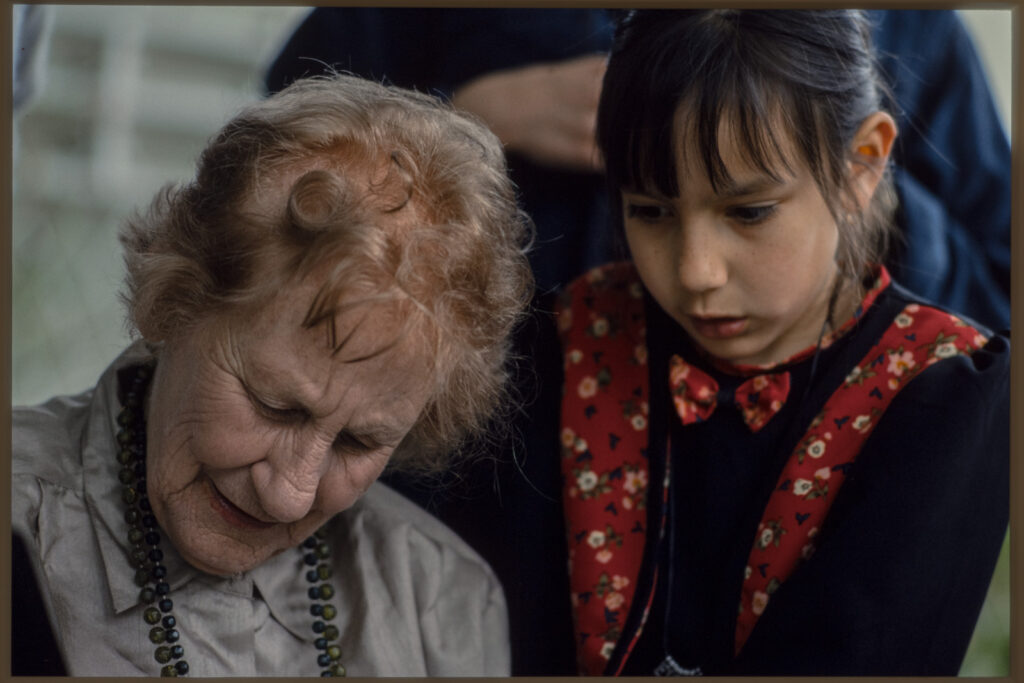
There’s how it worked:
I’d go to the shop and buy a three-pack of 36. (Or was it a four-pack? I think it cost $60 but I’m not sure) That included film, processing and postage. The main point was that it was a bit dearer than negs and prints, but not prohibitive. Maybe it was 20% or 30% more. When you shot a roll you’d put the film in a little yellow pre-paid envelope, write your own address on it, and put it in the letterbox addressed to the Kodak lab in Sydney. A couple of weeks later a yellow-topped box would turn up in your letterbox, and bingo – your memories were safe forever.
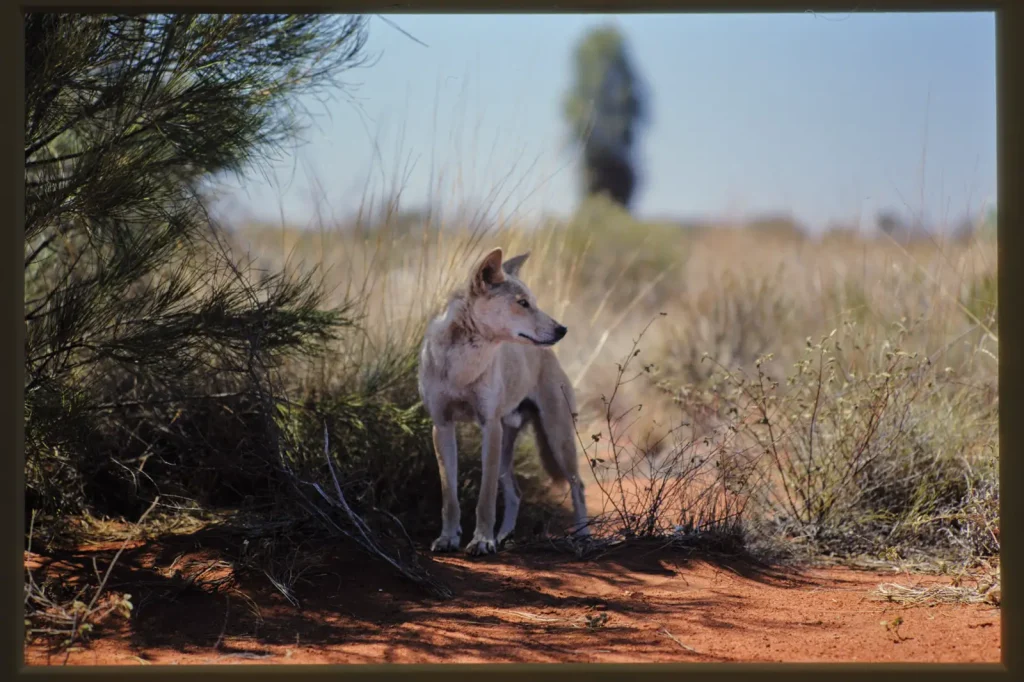
I also shot it for travel because of its stability. You didn’t need to worry so much about heat or – as a low ISO film – going through X-ray machines.
Having said I wasn’t after the look, I did want more control over my images than I would have got with mini-lab prints. I also wanted colour accuracy.
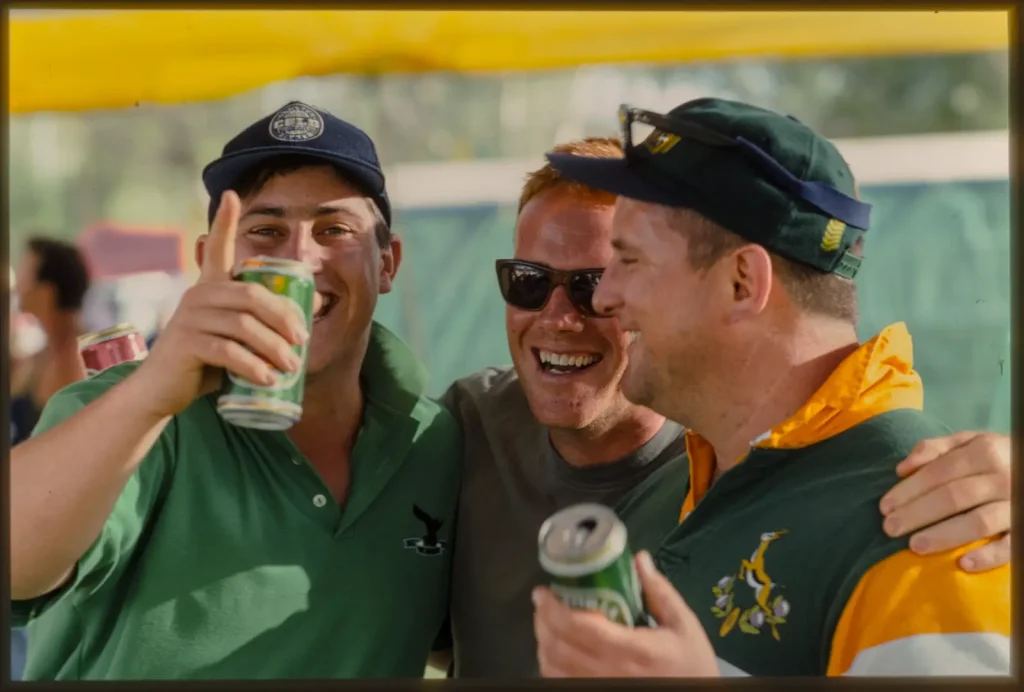
I think I have maybe three dozen rolls of Kodachrome 64 (PKR) shot between 1985 and 1996.
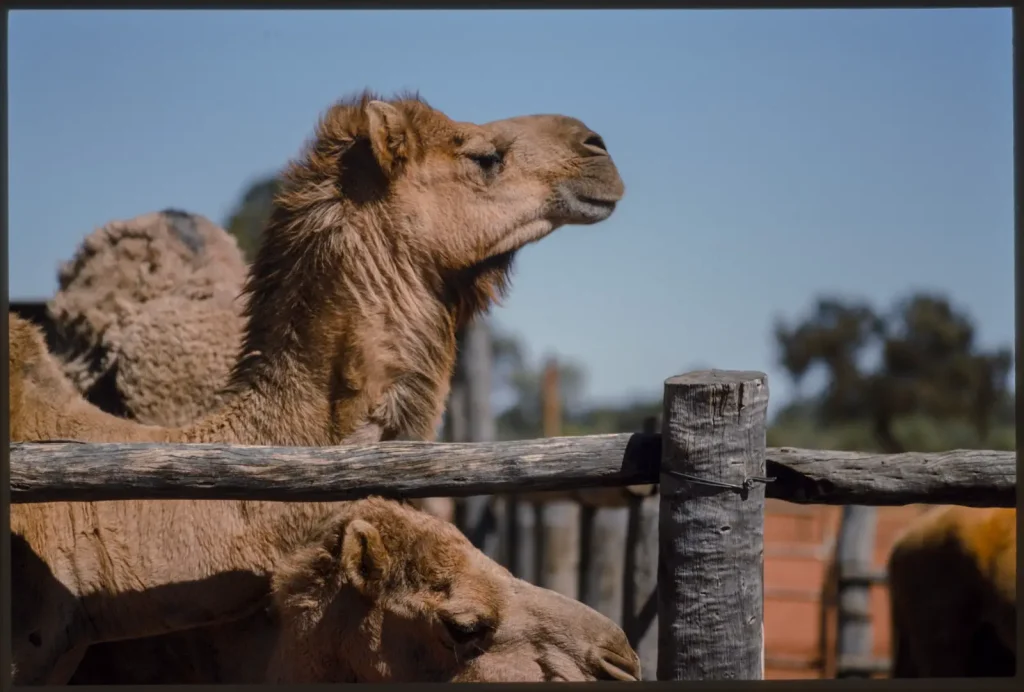
I don’t want to pay the big money needed for high-end professional scans; I want to try to solve this for myself, and as my flatbed is crap (and any flatbed too slow) this really means digitising at home with a camera. Theoretically that should not be too hard, but my first attempt on the wedding shots was a total failure; the colour balance and tonal range were completely out of whack.
Maybe, given my previous rants on digitising colour neg and on film simulations and how our scans are our own beautiful and unique snowflakes, I should clarify a bit here.
As a starting point I want to digitise this PKR so that looking at it on the screen is as close as I can make it to what I see on a lightbox through a loupe. It’s an archive, and a catalogue. After that it can become a base for whatever I might want to do with it later
My lightbulb moment came when I realised I had about 20 PKR slides digitised to Kodak PhotoCD in 1996. This was the bridge time between film and digital when things needed to be digitised but were still shot on film. Kodak PhotoCD was pretty good. I think the scanners cost a lot (as in A LOT) of money and they had special film profiles etc etc. The service depended on how much you paid to have them done – and it’s too long ago for me to be sure exactly what service I got for these.
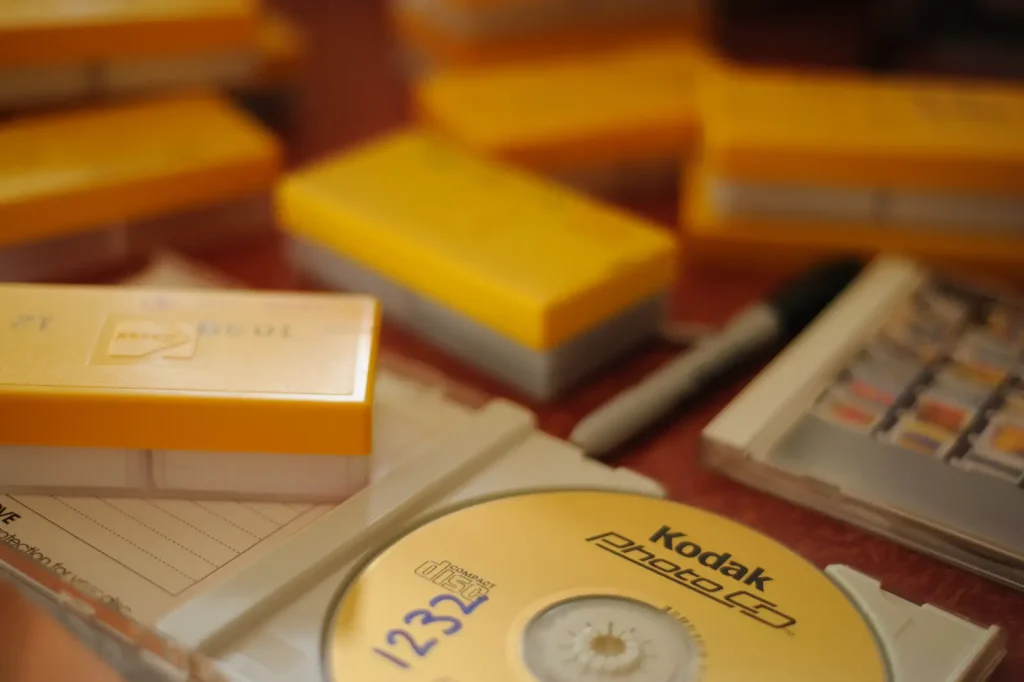
The place that did them had a special deal whereby they’d give you a good price if you had a certain number done, so I would pad out other jobs with my personal stuff, and hence I have this lot.
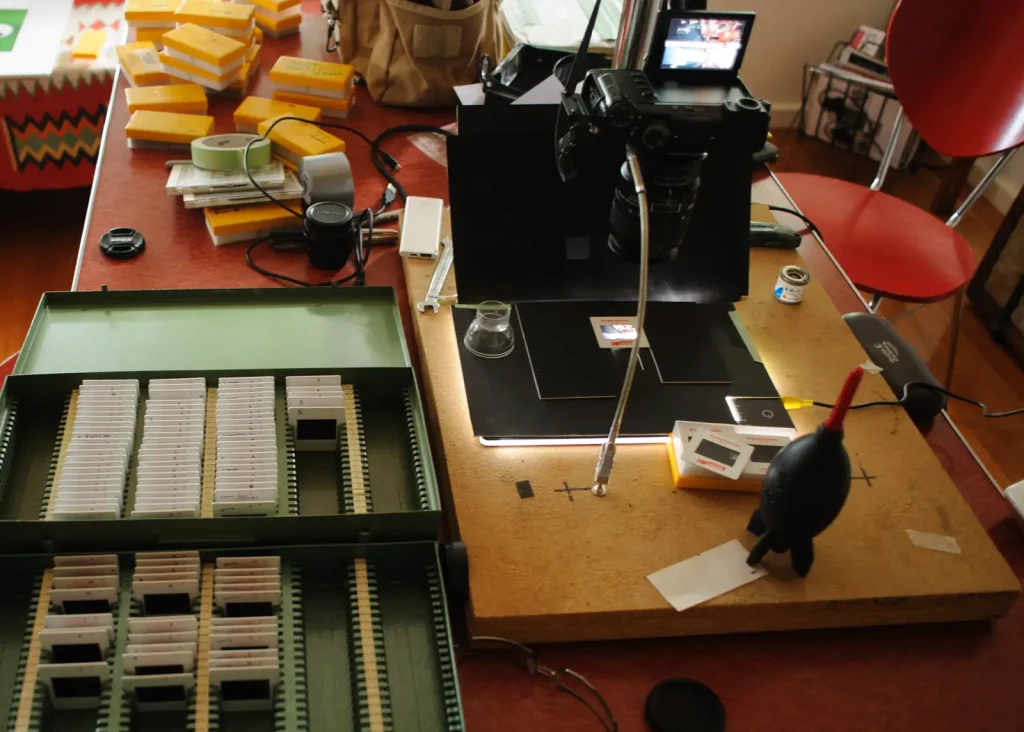
So – armed with these original PhotoCD scans from the 90s I digitised the same slides again on my lightbox, and tweaked the colours as well as I could to match. I then tweaked again on different slides to get the best balance I could, and saved this as a preset.
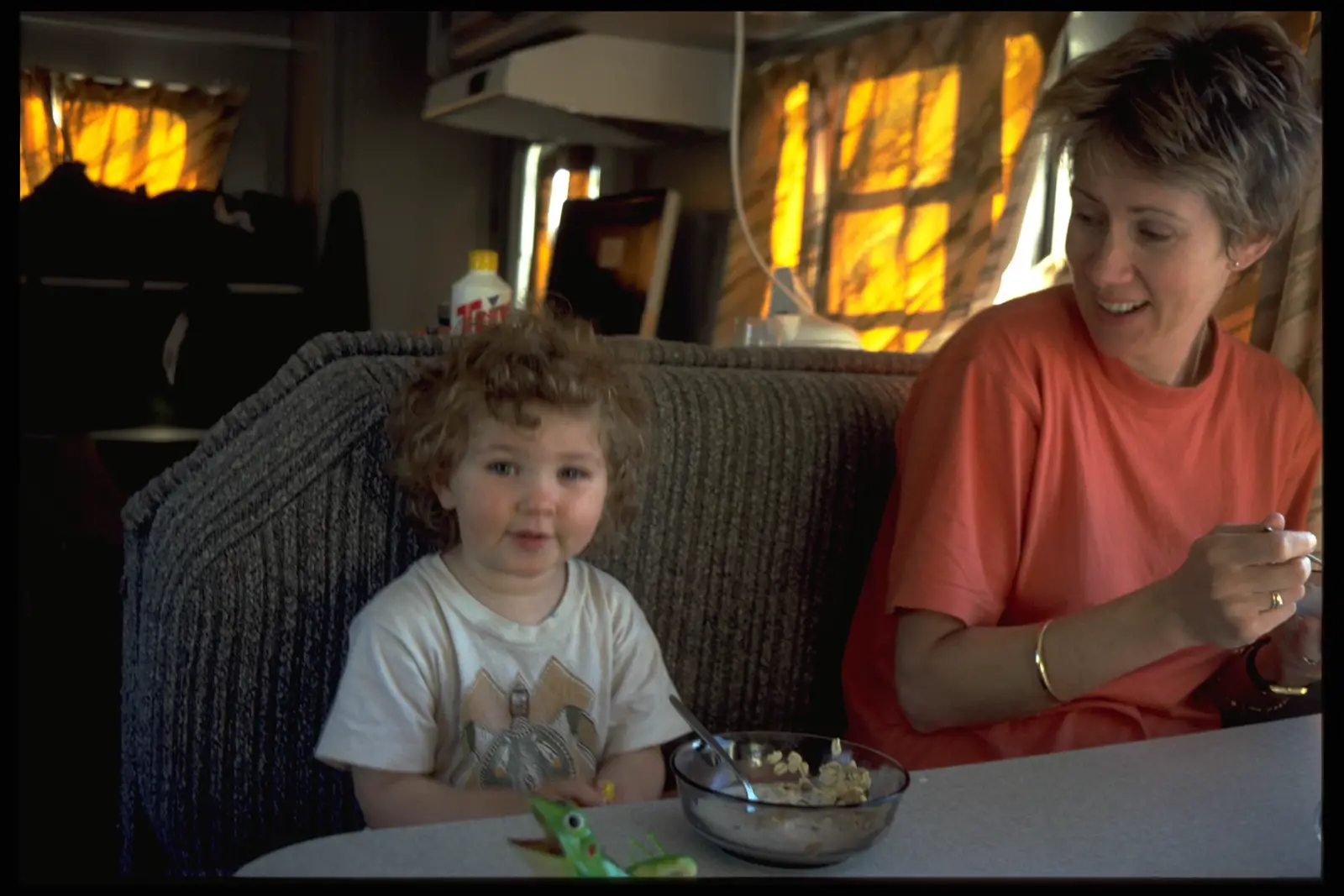
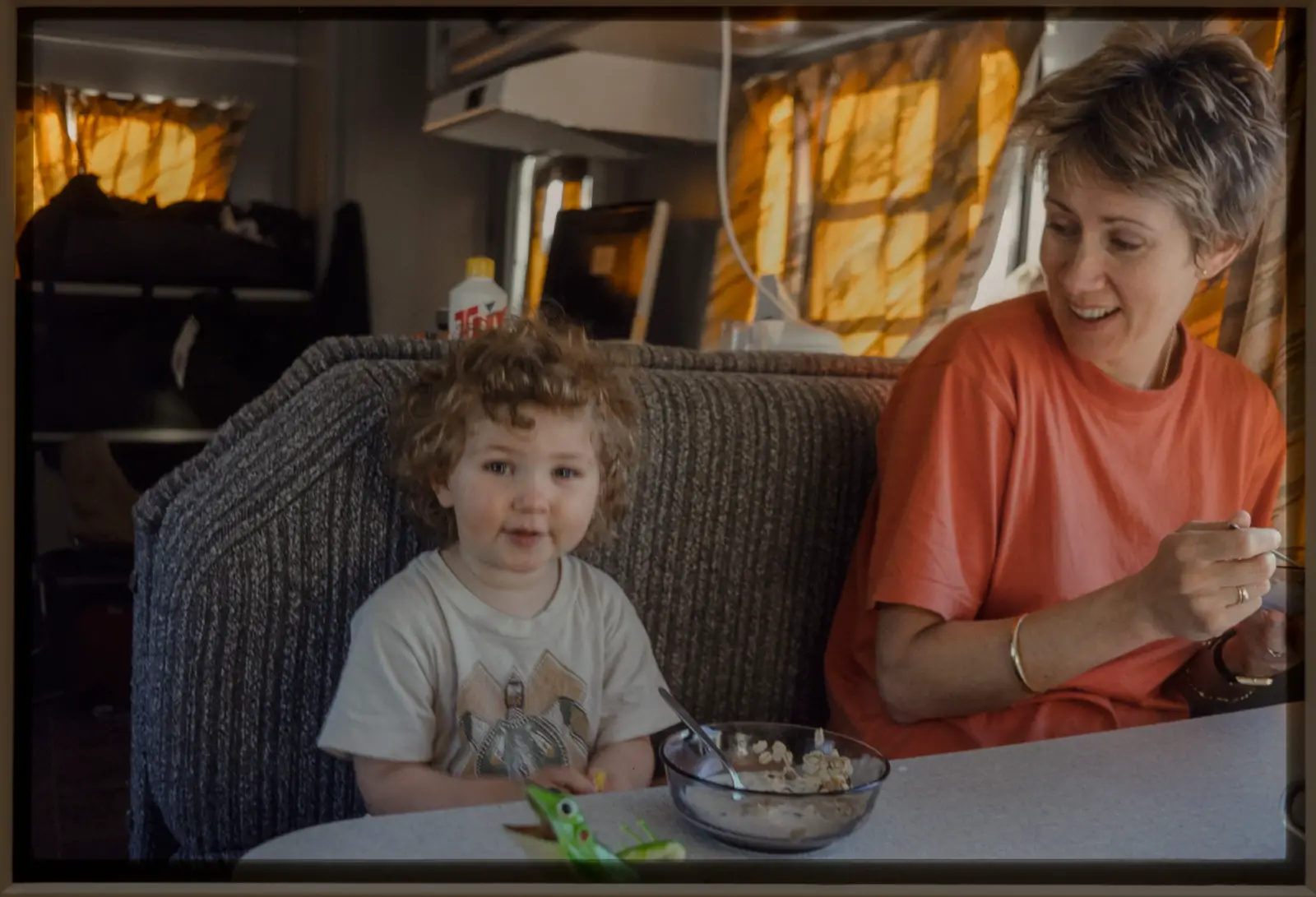
This preset formed a base for digitising each batch of slides. I then refined the preset as I went, and changed the presets a bit for different batches of film, depending on where they were shot.
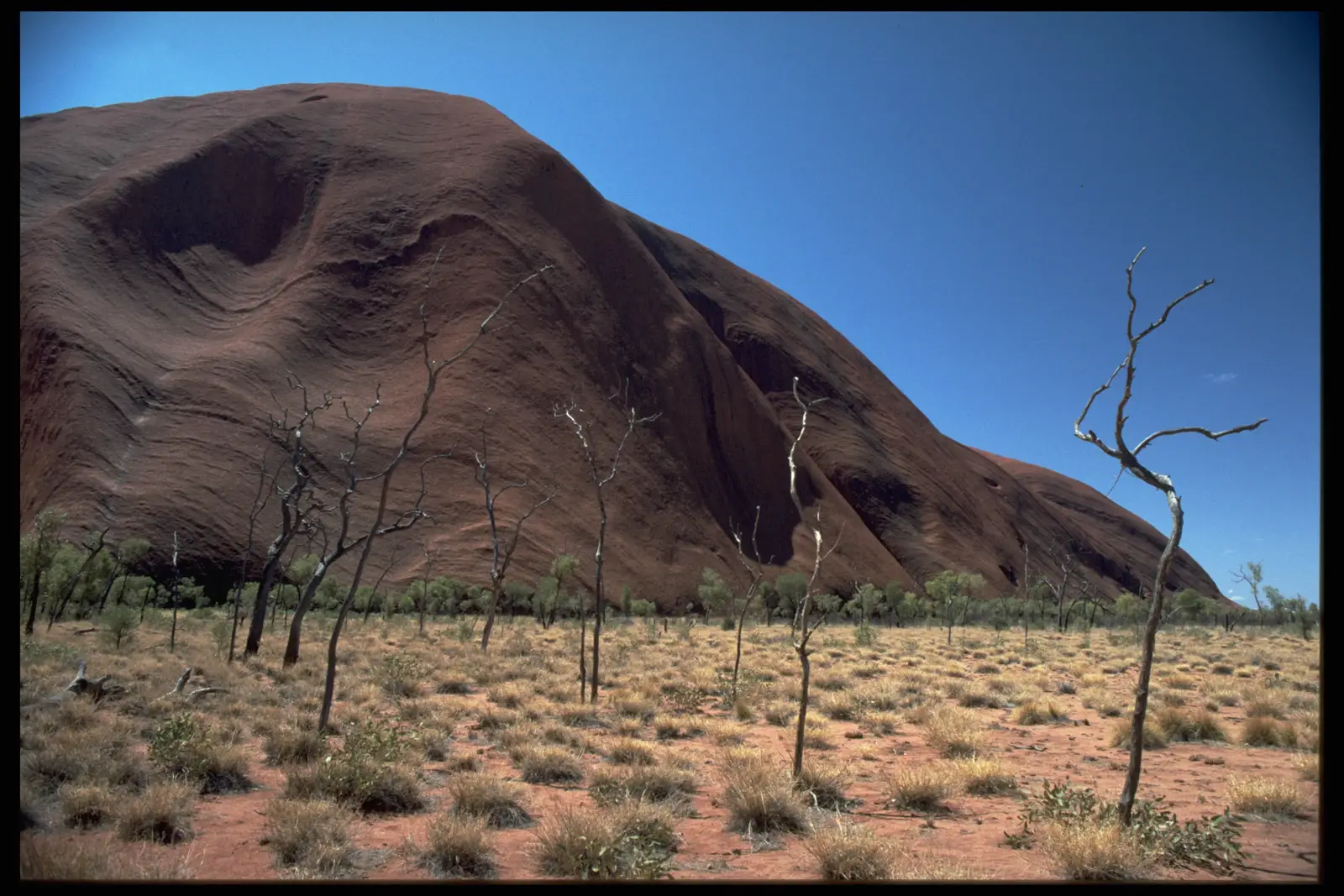
I had never used presets before – but I’m becoming a bit of a fan. (Or Not: “Get our Preset Packs for stunning photos in one click!” Hmm – shall I buy the Warm Morocco set? The Bright Food set? Rustic Autumn set or Winter Green set? I have to tell you; as a swimsuit model and travel blogger I want more time for creating content with less time spent editing!)
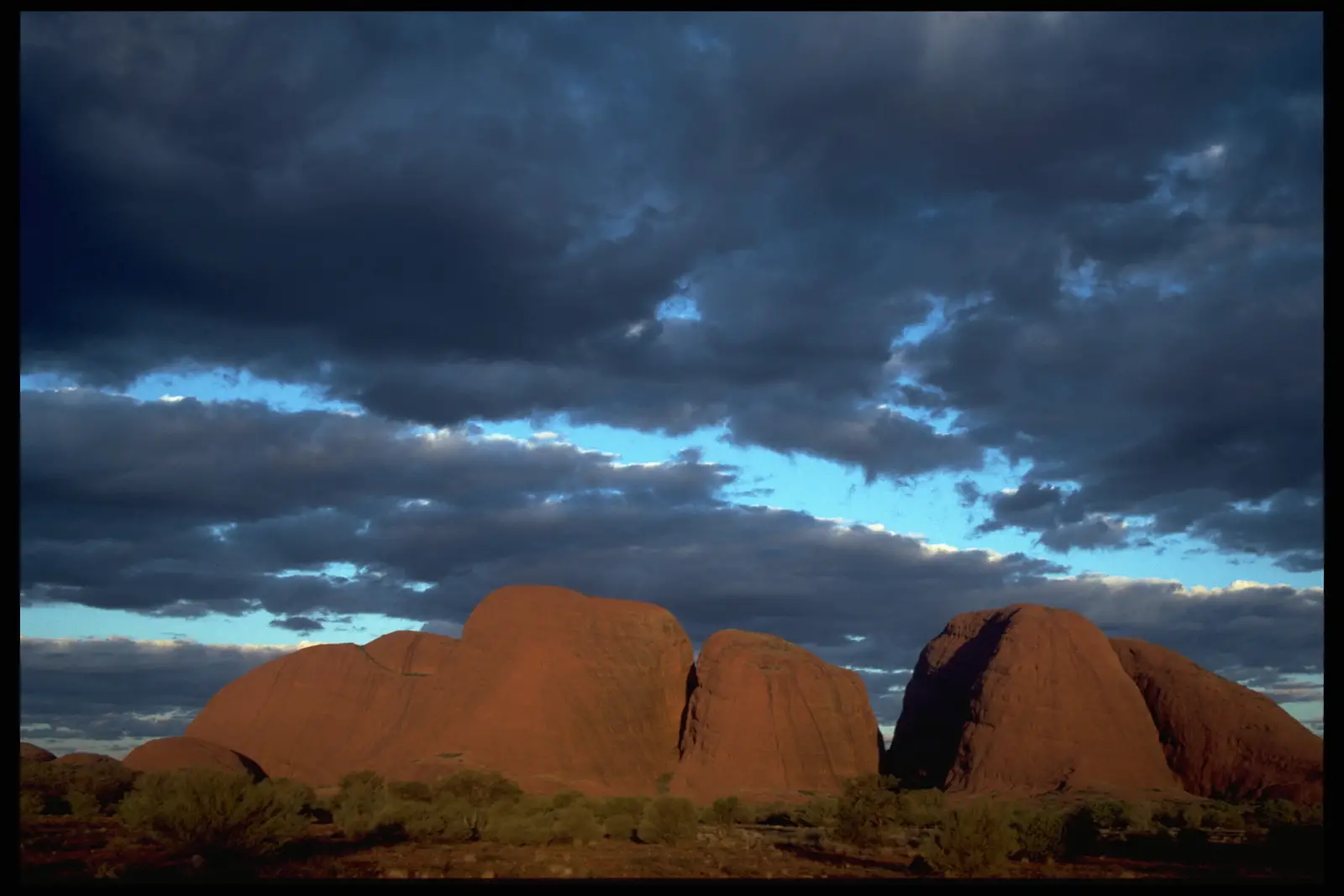
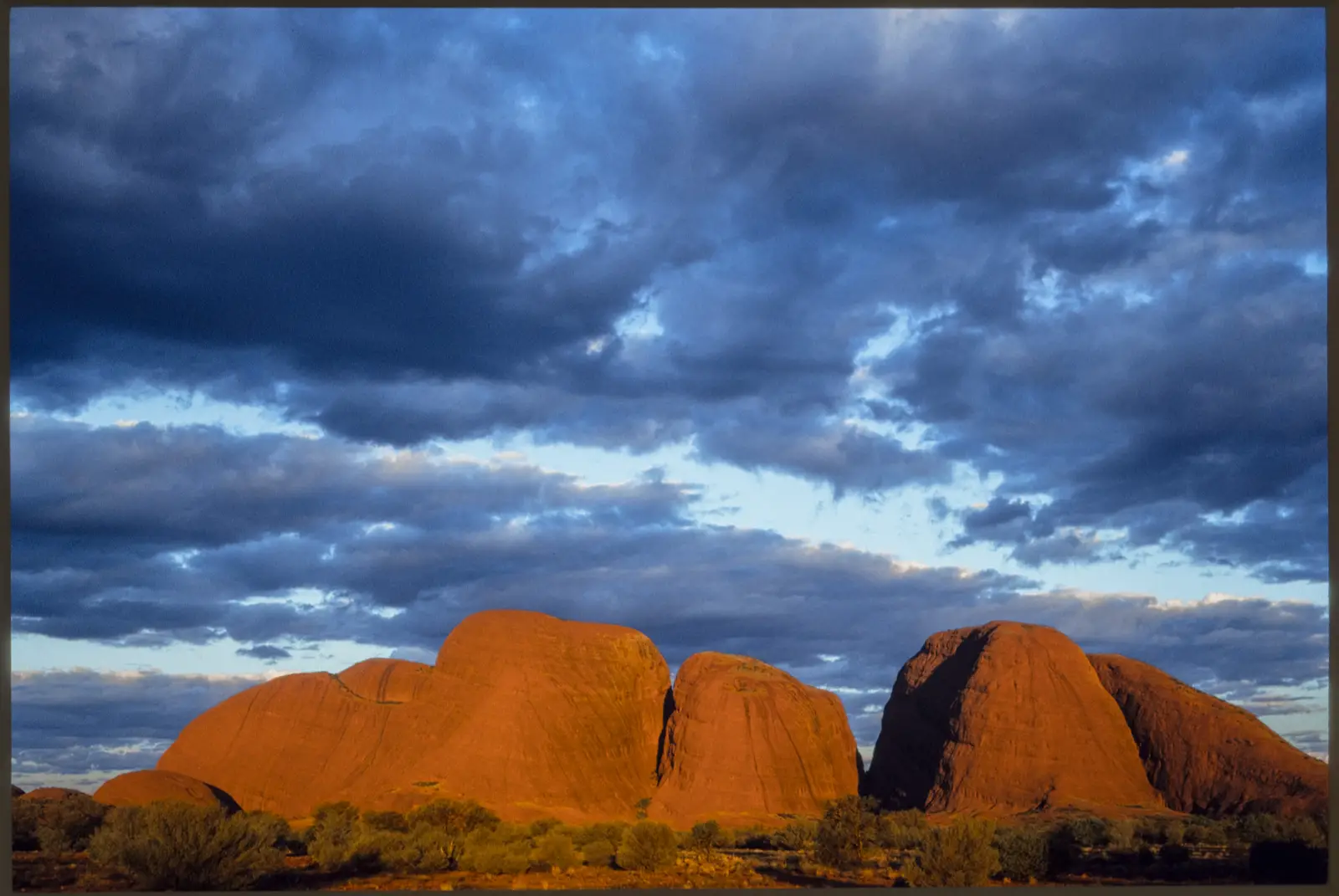
Enough.
OK – So how did it work out for me?
Well – it’s not quite that simple. There were still decisions to be made.
In our wedding shot under the tree, Margot’s hat has a green cast. Of course it does – we are standing under a tree and the light is coming off the leaves above and the grass below and it’s – you guessed it – green.
In a print you’d correct that. The Lab DID correct it a bit in the Cibachromes. Hell – even my EYES correct it when I look at the slide on a lightbox, just like our eyes correct things in real life. We still have that hat, and I know what colour it is, so my brain corrects for that when I’m looking at the slide – it’s really hard not to.
I did my best with these and I got to a point where I thought, “You know what? I’m done here.” As I went through the process of digitising all these slides again it became easier, my preset seemed to work better as I refined it. I’m happy now with how these scans represent the originals.
So – The good thing is I can now have fun with a whole bunch of slides I have not looked at for years. I’ve got the raw scans now and I can go back over them. If I ever get better at this I can tweak the preset some more and re-work them without re-scanning them.
Case in point: I shot a couple of rolls of Kodachrome in Venice in the 90s and digitised them in 2012 on a lightbox on my D700. They were pretty bad (I realise now) so I went back and re-did them. I actually started off just improving the settings I used on my D700, and that made them significantly better but I then decided I might as well go back and do the whole lot again on the X-Pro3. It was an opportunity to get them back in order after all these years and make a bit of a narrative out of them. I also wanted to be really critical with how the scans compared to the originals.
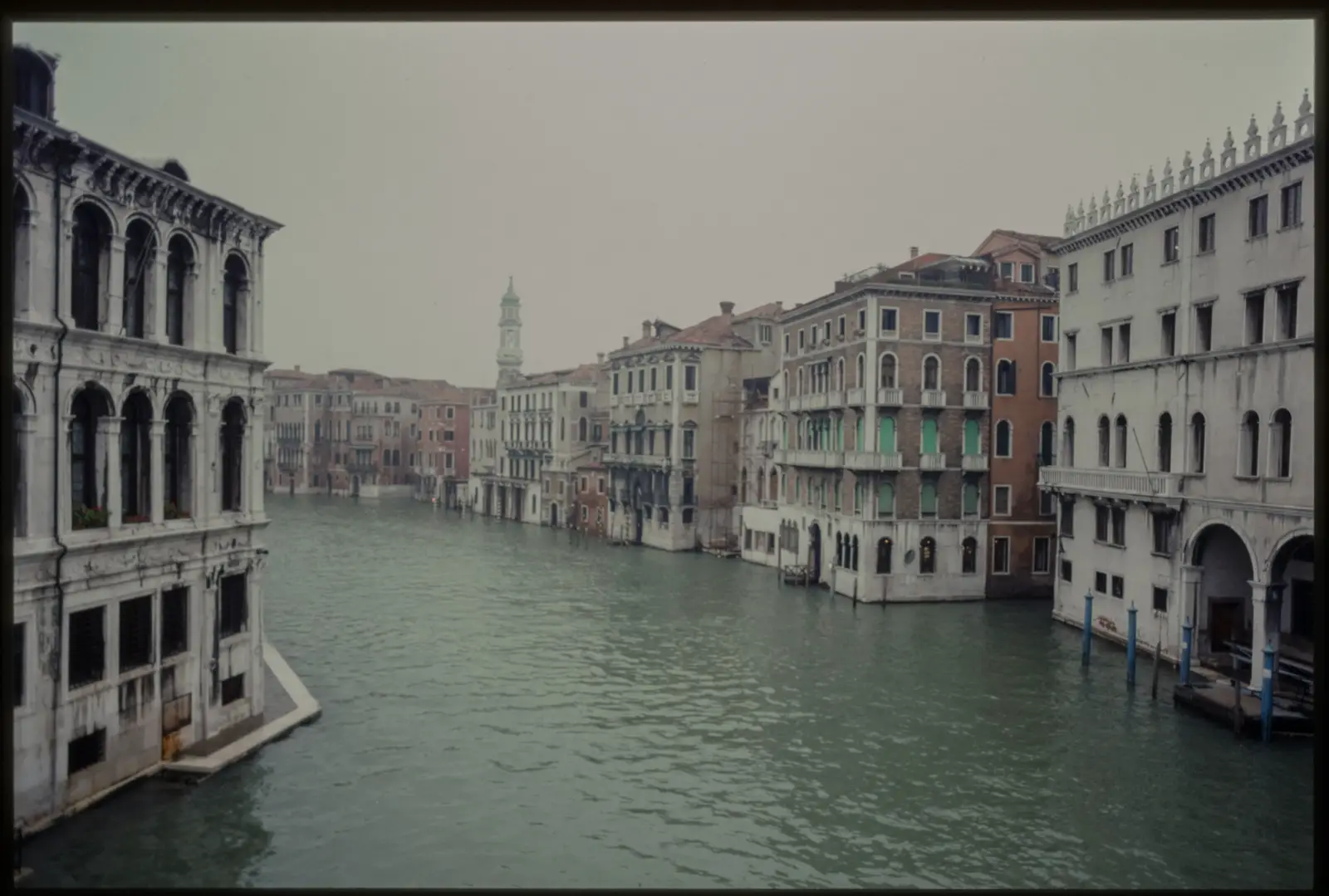
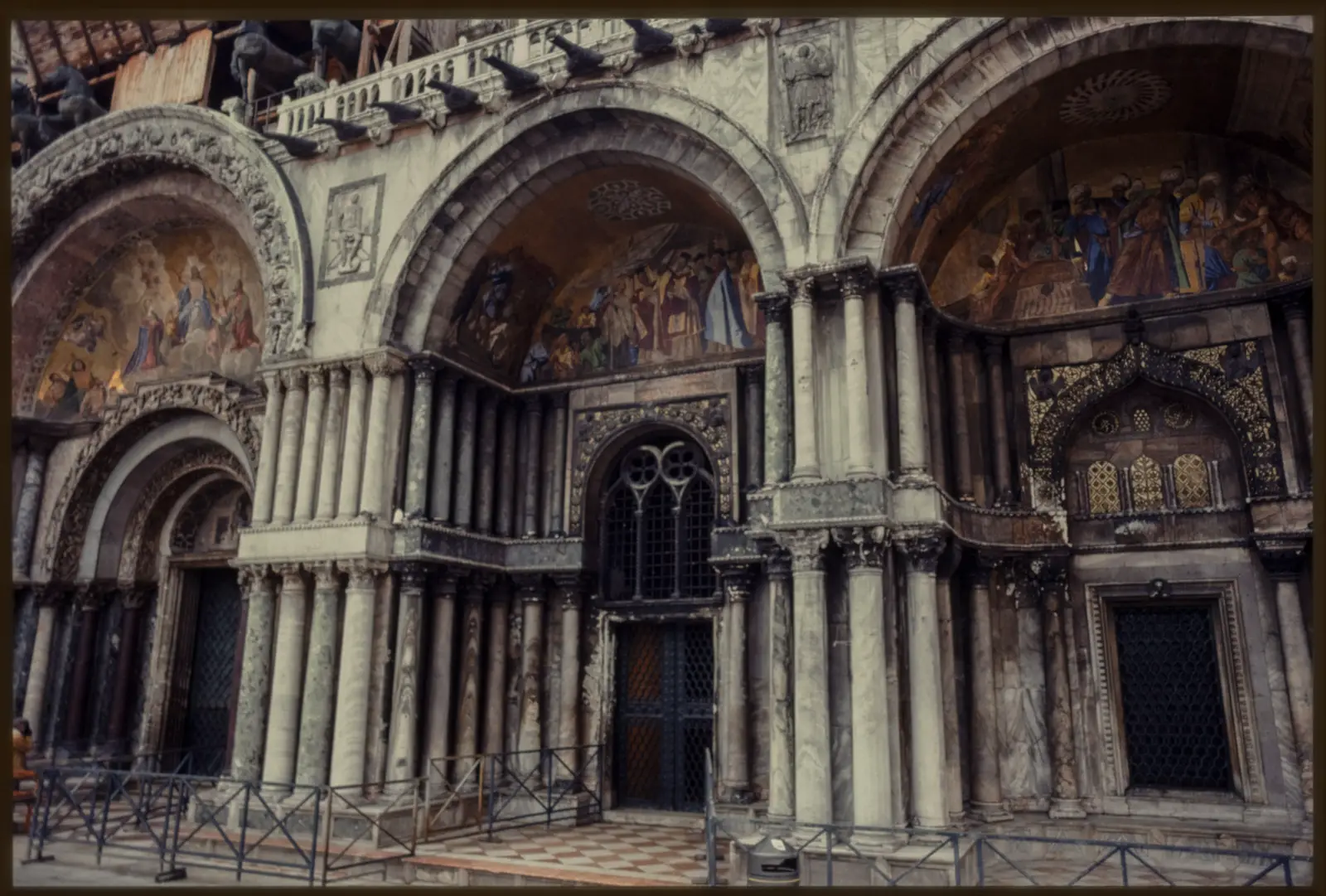
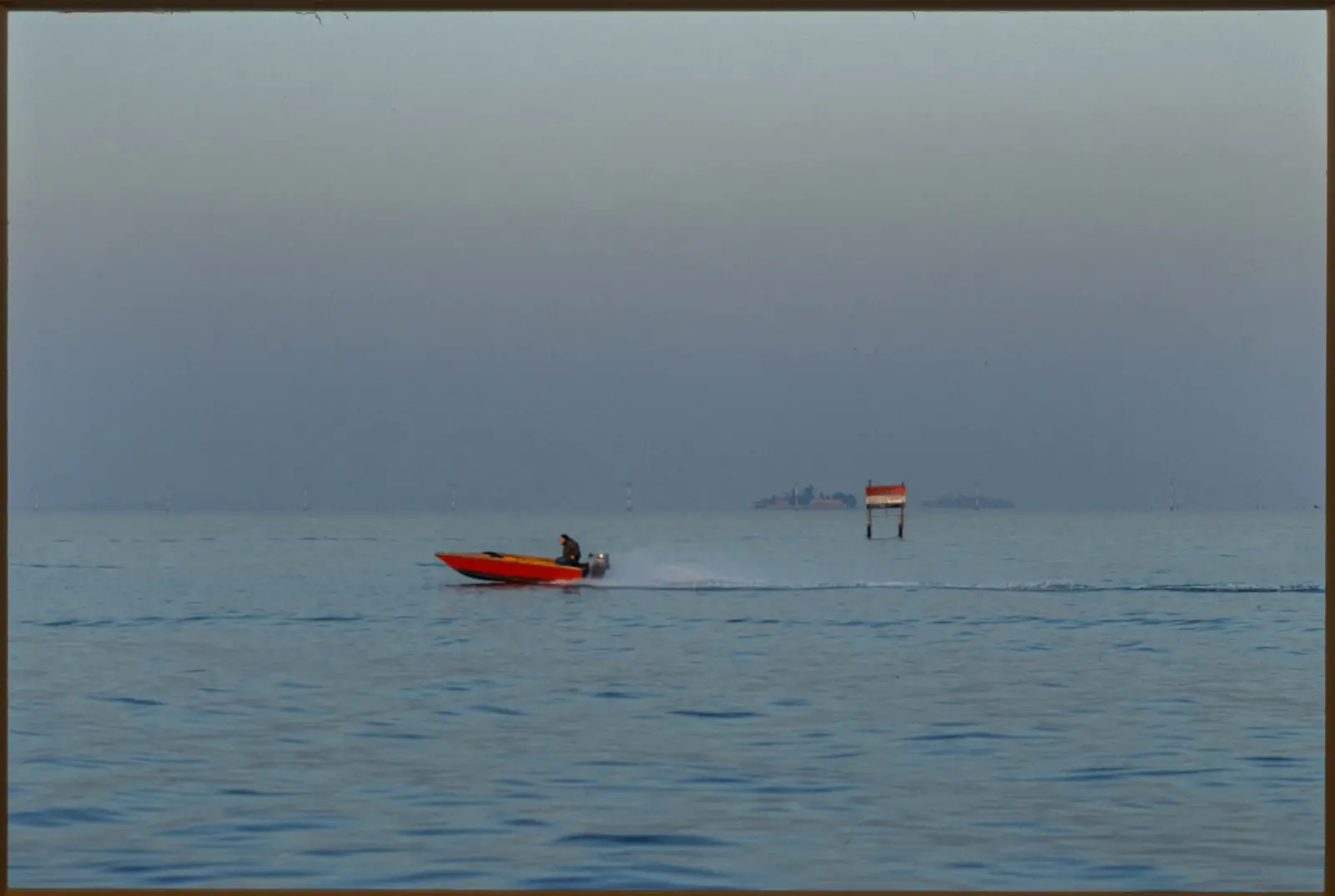
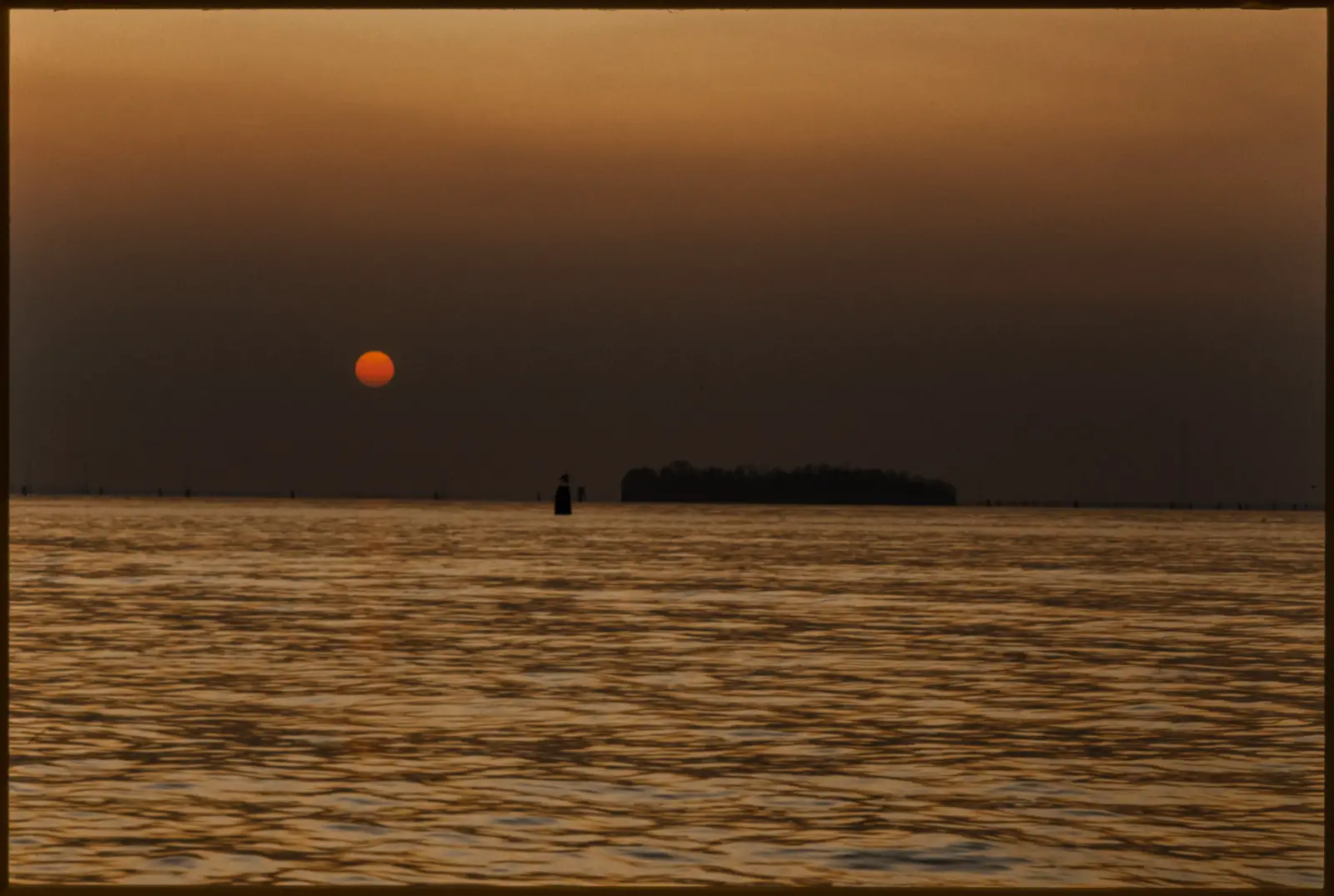
At the risk of becoming the kind of misty-eyed romantic I often complain about – I will say this:
There is a magic about these slides for me. I can’t separate the look and the emulsion from the times they record. Most of the shots in these boxes are crap. When I shot them I was not trying to be arty or do anything great. I was just trying to make a record. In those days there was no nostalgia about Kodachrome because it was just what photographers shot. I was not a photographer back then and I did not see photography the way I do today. But these Kodachromes do have something special about them. When I think about them a certain colour palette comes in to my brain. I actually do see a sort of lump of colour floating in my head that I can switch on and off by thinking about Kodachrome. It’s hard to describe but it’s nice to play with.
OK! If you enjoyed this article then please buy my preset pack from the link below. (JOKE – This is a joke.)
The question is though – will I try making my own colour profiles for digital? I don’t know.
There’s more I could say on what I like about this film compared with other films. Part of the fun of writing this piece has been that it has changed the way I see the colour negative images I’ve been shooting these past couple of years, and made me think about what I might like to do with colour next. But having come this far with the article it now seems this has inadvertently become a Part Two to the first one I did on digitising film, and now is the time wrap it.
To be continued… (Perhaps. We’ll see)
Share this post:








Comments
Nik Stanbridge on Kodachrome 64 – Digitising for the “Look”? – By David Hume
Comment posted: 21/12/2020
Comment posted: 21/12/2020
Nick Clayton on Kodachrome 64 – Digitising for the “Look”? – By David Hume
Comment posted: 21/12/2020
The stability and permanence of slides also add to the emotional investment in this film. Nan Goldin, who worked for in Cibachrome for 40 years, said “a scan has no magic”. That’s what I believe you’re grappling with in this article.
Best,
Nick
Comment posted: 21/12/2020
Comment posted: 21/12/2020
David on Kodachrome 64 – Digitising for the “Look”? – By David Hume
Comment posted: 21/12/2020
Comment posted: 21/12/2020
Gil Aegerter on Kodachrome 64 – Digitising for the “Look”? – By David Hume
Comment posted: 21/12/2020
Comment posted: 21/12/2020
Matt on Kodachrome 64 – Digitising for the “Look”? – By David Hume
Comment posted: 21/12/2020
Comment posted: 21/12/2020
Huss on Kodachrome 64 – Digitising for the “Look”? – By David Hume
Comment posted: 22/12/2020
But I have to ask. How silly was your hat? Lager louts are known to have discriminating taste.
Comment posted: 22/12/2020
jeremy north on Kodachrome 64 – Digitising for the “Look”? – By David Hume
Comment posted: 22/12/2020
Comment posted: 22/12/2020
Bill on Kodachrome 64 – Digitising for the “Look”? – By David Hume
Comment posted: 23/12/2020
Comment posted: 23/12/2020
Comment posted: 23/12/2020
Ken Burg on Kodachrome 64 – Digitising for the “Look”? – By David Hume
Comment posted: 10/01/2021
Comment posted: 10/01/2021
David Sommer on Kodachrome 64 – Digitising for the “Look”? – By David Hume
Comment posted: 14/02/2023
Your article said things I think and feel better than I could say it. Thank you. I have started the same journey of digitizing Kodachrome, about 2000 to 3000, plus some other kinds, most of which have not aged as well as Kodachrome. At the time I was using Kodachrome I thought I was making great photography; looking at them now I see I was making snap shots to trigger my memory. The memories are good and very worth having.
It took me awhile to understand that my real goal is to transfer as much information in the slide to digital as possible, editing can happen later. So I concentrated and being sure I know the best aperture, the best exposure, and the best focus. I can be tedious, and sometimes I take time to work through something so I really understand it, even though others have already worked it out, that is what I have done. I thought I was doing well in the beginning but see I am doing much better now, and expect to keep getting better.
The earliest slide I have digitized yet is from late 1950s or very early 1960s. It was shot on my first “good camera”, an Argus C3 with adjustable aperture, shutter speed, and focus that I bought used for about $15. The film was Ektachrome that I processed myself at home and it has held up very well, much better than many other Ektachromes. The shot is of my dad relaxed in a very tranquil setting, something he seldom had a chance to do. It is priceless to me and justifies all the effort.
While transferring the information to digital is the goal, seeing pleasing results is also good. And through a loupe on a 99CRI light table I can tell the colors are not right and I have spent far too long trying to get them right. I have heard from two experts, they are in the business of digitizing major museums and use very expensive cameras; they both said to get an IT8 chart shot on Kodachrome and it will improve the color very noticeably. At $800 for the slide, if I can find it, I not inclined to do it. I keep hoping to find a generic ICC camera profile from an IT8 Kodachrome. I feel sure I could modify it with my specific camera profile.
So thank you for your article. In the sea of content disguised as information on the internet, your article was a refreshing one.
Dave
Comment posted: 14/02/2023